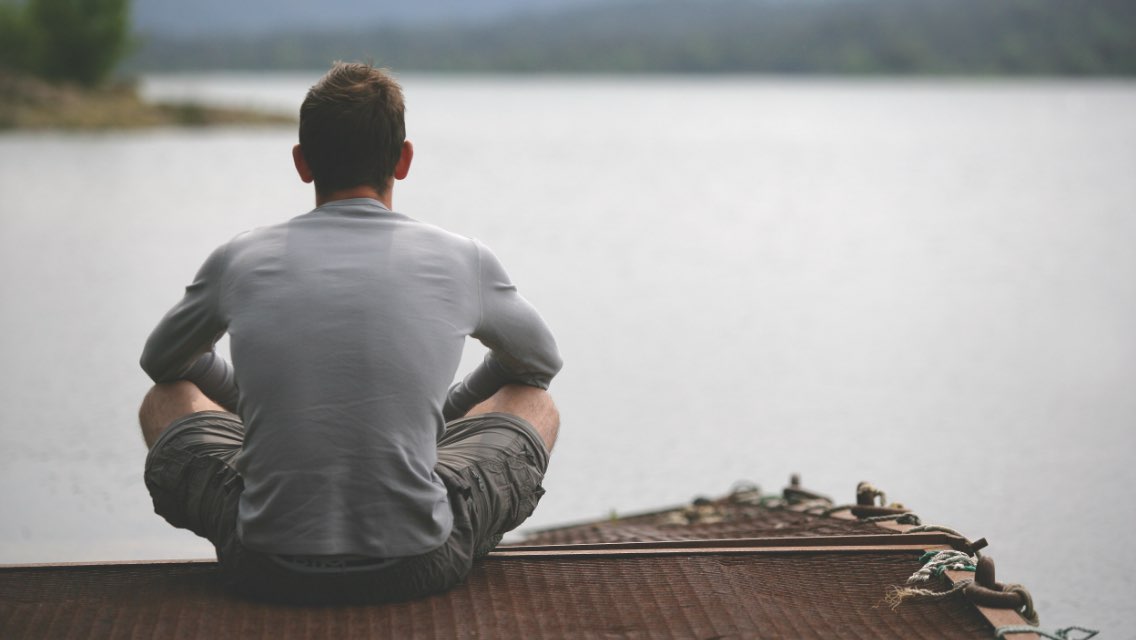When my boys were young, we would pack up the van for spring break and head south from our Minnesota home. Desperate for sun and warmth, we’d drive as far as necessary and then set up camp for a few days.
Every trip was fun, but one stands out in my mind as exceptional. After many hours on the road, we discovered a state campground in the Florida Panhandle, and we were pleasantly surprised to find it mostly empty. It was inland, so we figured most of the tourists had chosen the beach. Our plan was to use the campground as a launching point and head out in different directions each day to explore the area, including the Gulf.
The morning after we arrived, we found ourselves lingering over breakfast, enjoying the peaceful surroundings. None of us, not even the active and typically restless boys, made any move to leave. The leisurely morning soon turned into afternoon, which turned into evening. We had done virtually nothing all day, other than hang out and enjoy one another.
We spent more or less the entire week like that. When we did venture out, we limited ourselves to one destination per day. What we all wanted, for those few days at least, was some downtime. Inactivity, it turned out, was pretty great.
I really enjoy being active, seeing the sights when we travel, and filling life with a variety of fun and interesting things. But I have also come to appreciate the restorative value of “nondoing.” It is truly good for the soul.
Finding the balance between movement and rest can be tricky. Growing up, I developed a strong belief in productivity, activity, and usefulness. A bit of an overachiever, I’ve struggled to let go of those traits after practicing them for most of my life. But I’m getting the hang of it.
Slowing the Pace
In the last few years, my family and I have spent considerable time at a cabin near the Boundary Waters, in far northern Minnesota. One of my favorite activities when we’re there is to go off by myself for an afternoon. I paddle our canoe across the lake to a protected wilderness area and hike inland a mile or so to a secluded spot overlooking a river. I sit for a couple of hours doing nothing.
I’ve never seen another person at that spot, but I often notice deer, eagles, hummingbirds, and other wildlife. I never see them when I’m crashing through the woods, but when I am quiet and still, they seem willing to show themselves.
Sometimes I take my journal to this secluded space. It always feels more personal, more authentic when I write there — as if it’s coming from a deeper place within me. My voice seems both honest and reassuring, and always kind and nonjudging. I leave with more clarity, inspiration, and peace than I had before.
I like to think that I am encountering soul when I take this time to be alone, with no other agenda. I imagine soul to be that still, small inner voice that is always with me, but whose nature is to be silent and nonintrusive. It doesn’t yell or shove or fight for my attention. Like the wild animals who show up only after I’ve sat quietly for a while, the soul presents itself only if I am still enough to hear it.
Tapping into this still space doesn’t require camping in the woods, but I suspect it helps. What is more important is to carve out time when there is nothing you need to do, nowhere you need to go, no one you need to try to be — other than yourself.
Give it a try. Set your intention for nondoing. Spend at least an hour and a half somewhere that feels special, whether it’s an outdoor spot with natural majesty or a cozy, private corner of your home. Make it a quiet place during a time when you won’t be interrupted. Bring a journal and a pen if you want to write or some paper and markers if you feel like drawing.
But you don’t need to do a thing. Just let go of the busyness, set all the doing aside for a little while, and see what happens.
This article originally appeared as “Stillness” in the January/February 2022 issue of Experience Life.





This Post Has One Comment
Thank you for sharing Dr. Emmons. Finding quiet time in this world is necessary to find balance. I find some people confuse “high energy” with a nervous compulsion to be busy. Your article reminds us to “get lost” and find ourselves. The inner happiness we can find is the key to happiness.
I have been finding ways to try to get that quiet tie by spending time in the woods, going for wor-talks n the early morning, and meditating. Thank you for sharing your family stories. Your kids are lucky to learn these essential life skills.